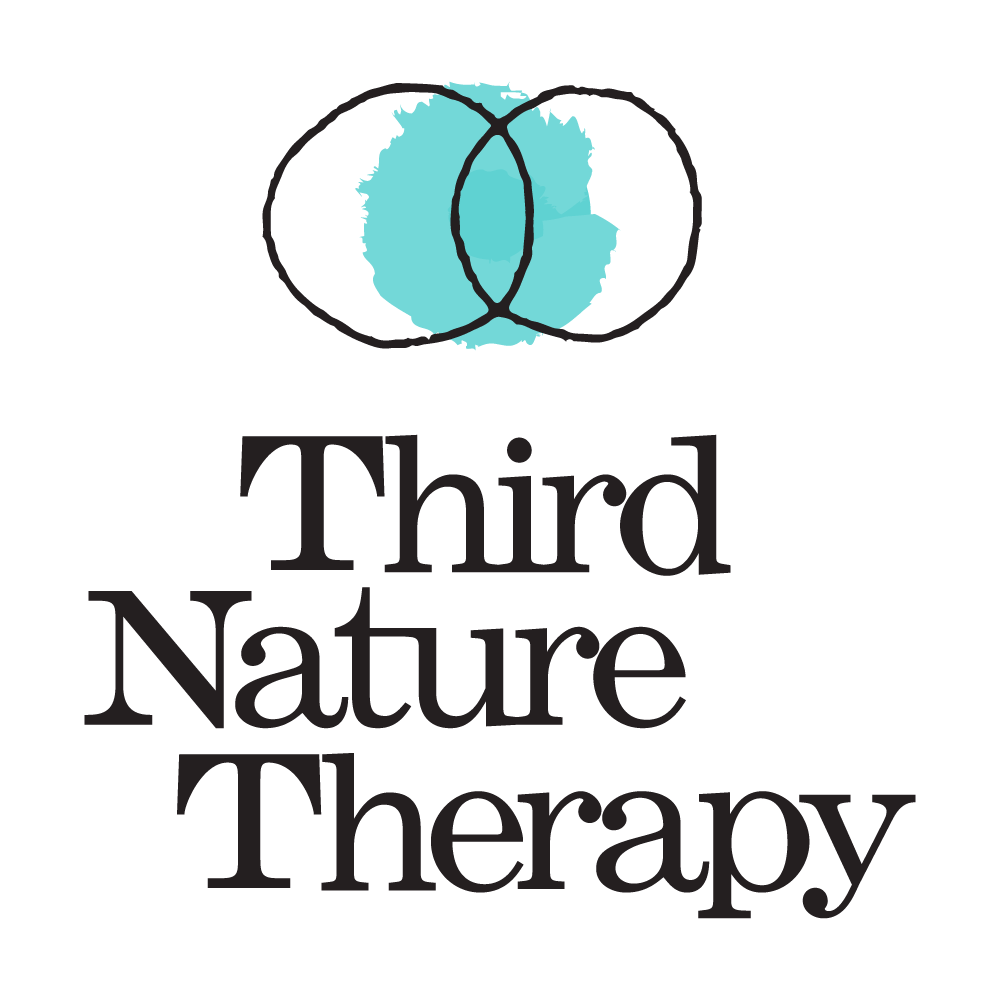How to Heal from Attachment Trauma
Attachment trauma, stemming from early experiences of neglect, abuse, or inconsistent caregiving, can significantly impact an individual’s emotional well-being throughout their life. Understanding the psychology behind attachment trauma is crucial for recognizing its effects and taking steps toward healing.
This blog post includes the fundamentals of attachment trauma, common signs, and practical suggestions for improving issues associated with attachment trauma.
The Psychology Behind Attachment Trauma
Attachment theory, developed by John Bowlby, emphasizes the importance of early caregiver-child relationships in shaping one’s emotional development. According to this theory, a secure attachment forms when caregivers consistently respond to a child’s needs, providing comfort and support. However, when caregivers are unavailable, inconsistent, or abusive, attachment trauma can occur.
Attachment trauma disrupts the formation of secure attachments, leading to difficulties in regulating emotions, forming healthy relationships, and coping with stress. These early experiences shape the internal working models individuals develop about themselves, others, and the world. Consequently, attachment trauma can manifest in various ways throughout adulthood.
5 Signs of Attachment Trauma
Fear of Abandonment: Individuals who have experienced attachment trauma may harbor a persistent fear of abandonment. This fear can manifest in clingy behavior in relationships, an intense need for reassurance, or avoidance of close relationships altogether.
Difficulty Trusting Others: Trust issues are common among those with attachment trauma. They may struggle to trust others’ intentions, fearing betrayal or rejection. This can lead to difficulty in forming and maintaining meaningful relationships.
Emotional Dysregulation: Attachment trauma can result in difficulty regulating emotions. Individuals may experience intense mood swings, have trouble managing anger or anxiety, or feel overwhelmed by their emotions.
Low Self-Esteem: Negative self-beliefs often stem from attachment trauma. Individuals may harbor deep-seated feelings of unworthiness, believing they are unlovable or inherently flawed. This can impact their self-esteem and sense of self-worth.
Avoidance of Intimacy: Due to past experiences of rejection or abandonment, individuals with attachment trauma may avoid intimacy and emotional vulnerability. They may erect emotional walls or engage in behaviors that push others away to protect themselves from potential hurt.
Healing from Attachment Trauma
Healing from attachment trauma is a complex process that requires self-awareness, support, and patience. While the journey may be challenging, there are strategies that individuals can employ to promote healing.
Self-Care
Engaging in self-care activities that promote physical, emotional, and mental well-being is crucial for overall healing. This may include exercise, healthy eating habits, hobbies, relaxing activities, and setting boundaries to prioritize one’s needs.
Practicing mindfulness and self-compassion can help individuals cultivate greater awareness of their emotions and reactions. Mindfulness techniques, such as meditation and gratitude journaling, can aid in managing stress and promoting emotional regulation.
Working to challenge and reframe negative beliefs stemming from attachment trauma is essential for promoting self-esteem and self-worth. EMDR is a processing tool that helps you release negative thoughts and connect with more positive, present-moment awareness.
Seeking More Help
Cultivating supportive relationships with trusted friends, family members, or support groups can provide invaluable emotional support and validation. Surrounding oneself with understanding and empathetic individuals can counteract feelings of isolation and loneliness.
Seeking therapy, particularly modalities such as attachment-based therapy or trauma-informed therapy, can provide a safe space to explore past experiences, identify patterns of behavior, and develop healthier coping mechanisms. A qualified therapist can offer guidance and support tailored to individual needs.
Healing from attachment trauma requires a multifaceted approach that addresses emotional wounds, cultivates self-awareness, and fosters healthy relationships. By understanding the psychology behind attachment trauma and recognizing its signs, individuals can take proactive steps towards healing and reclaiming their emotional well-being.
Through therapy, mindfulness, supportive relationships, challenging negative beliefs, and self-care practices, individuals can embark on a journey of healing and growth. If you’re interested in working on your attachment trauma, reach out to a Licensed Therapist at Third Nature Therapy to get started on your healing journey today.

